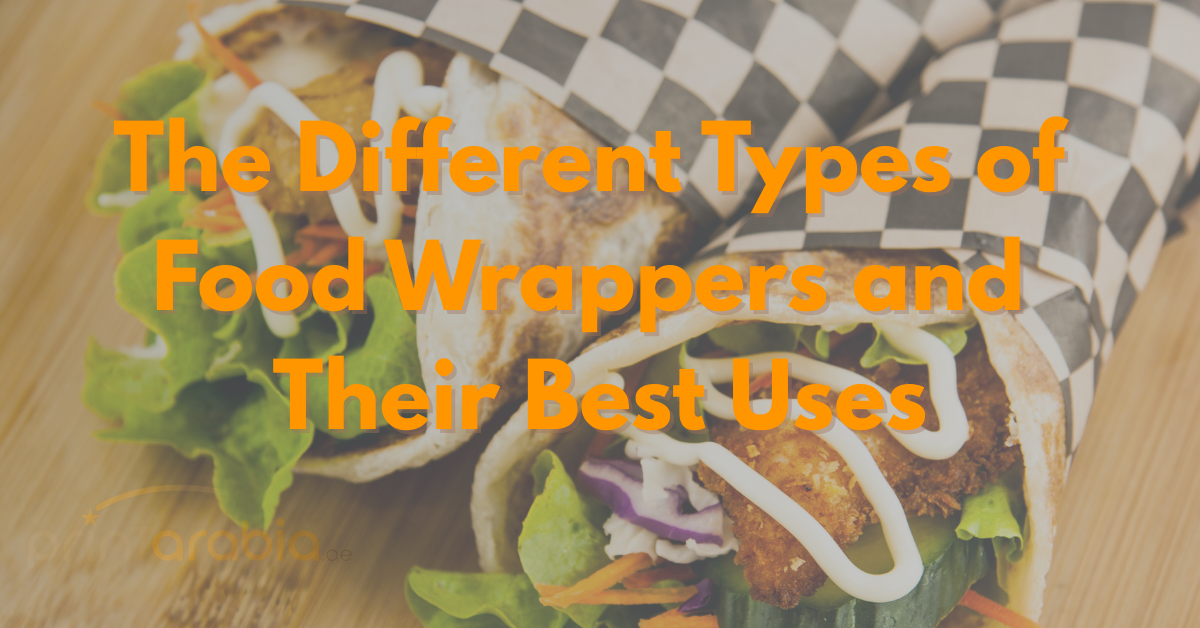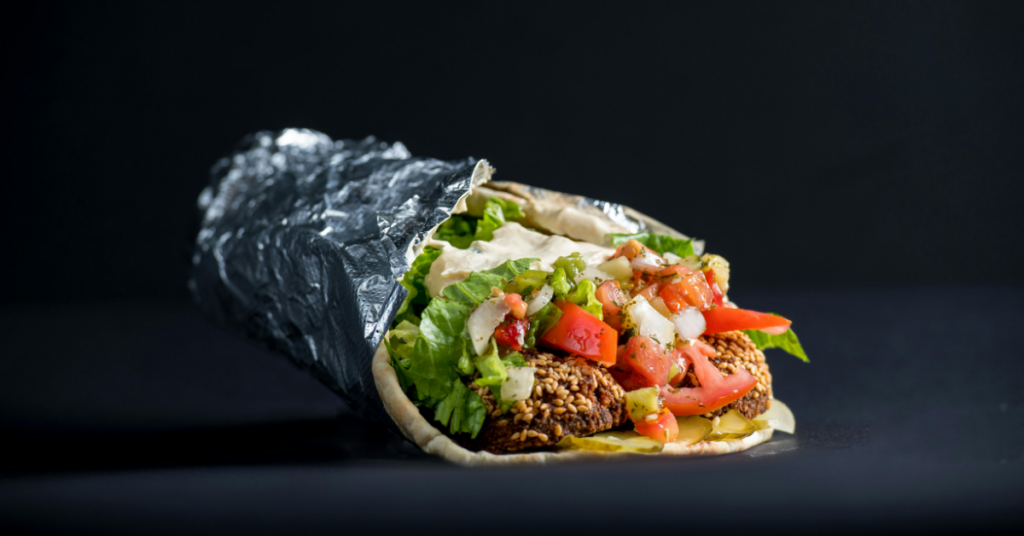
In the competitive world of food service, presentation matters almost as much as taste. Understanding the different types of food wrappers is key to elevating your food business’s professionalism while keeping items fresh and protected. Whether you run a busy café, neighborhood bakery, or upscale restaurant, the right wrapper not only preserves your culinary creations but also reinforces your brand identity. Each wrapper type offers distinct advantages for specific food items, and knowing these differences can significantly impact both functionality and customer perception.
Types of Food Wrappers Explained
Food businesses rely on various wrapper materials, each engineered for specific uses and food types:
Greaseproof Paper is designed with a special treatment that resists oil penetration, making it ideal for wrapping burgers, sandwiches, and pastries. Its non-stick properties prevent food from adhering to the wrapper, maintaining presentation quality even with greasy items. Modern greaseproof papers often come in sustainable varieties that maintain functionality while reducing environmental impact.
Wax Paper features a thin wax coating on both sides that creates a moisture barrier while allowing some breathability. This makes it perfect for wrapping cheese, cold cuts, and baked goods that need some moisture retention. The wax coating prevents sticking but isn’t suitable for high-heat applications as the wax can melt and transfer to food.
Parchment Paper has a silicone coating that creates a completely non-stick, heat-resistant surface. It excels in baking applications but also works wonderfully for wrapping delicate pastries and chocolates. Its versatility extends to both cold and hot food applications, making it a staple in professional kitchens.
Aluminum Foil provides excellent insulation properties, keeping hot foods warm and cold foods chilled. Its moldable nature creates tight seals around irregular shapes, making it ideal for wrapping corn on the cob, baked potatoes, and grilled items. However, it’s less eco-friendly than paper-based alternatives.
Plastic Wrap creates an airtight seal that preserves freshness and prevents contamination. It’s transparent, allowing customers to see the product inside, making it popular for prepared salads, fruit cups, and deli items. Many businesses are transitioning away from conventional plastic wraps toward biodegradable alternatives.

Why Greaseproof Wrappers Are the Best All-Rounder
Among the various types of food wrappers, greaseproof paper stands out as exceptionally versatile for food service businesses. Its primary advantage lies in its ability to resist oil and grease without requiring plastic coatings or treatments that harm the environment. This makes it simultaneously functional and relatively eco-friendly compared to alternatives.
Greaseproof wrappers maintain their structural integrity even when in contact with oily foods like burgers, fried items, and butter-rich pastries. Unlike standard paper that quickly deteriorates when exposed to grease, quality greaseproof paper retains its appearance and functionality throughout the customer’s dining experience.
Modern Custom Printed Greaseproof Wrappers offer the additional benefit of brand visibility without compromising performance. Food businesses can showcase logos, messaging, and contact information directly on the wrapper, transforming a functional necessity into a marketing opportunity. For cafés and fast-casual establishments serving handheld items, this presents a perfect blend of practicality and promotion.
These wrappers are also available in various weights and sizes, accommodating everything from small pastries to substantial sandwiches, making them a truly versatile solution for diverse menu offerings.

Choosing the Right Wrapper for Your Business
Selecting appropriate types of food wrappers requires consideration of both practical needs and branding objectives:
For cafés serving primarily sandwiches and pastries, greaseproof paper offers the ideal balance of functionality and presentation. It maintains food integrity while providing a canvas for branding elements. Consider custom-printed options for items customers carry out, extending your brand presence beyond your physical location.
Home bakers and small bakeries should evaluate their product line carefully. Delicate pastries with creams may benefit from parchment paper’s non-stick properties, while bread products might need wax paper’s moisture barrier capabilities. Learn how branded packaging boosts your business visibility even for small operations.
Full-service restaurants often require multiple wrapper types depending on their menu range and takeout options. Fine dining establishments might prefer parchment paper for its upscale appearance, while casual restaurants could use greaseproof paper for sandwiches and foil for items needing temperature maintenance.
Consider your environmental commitment as well. Many customers appreciate businesses that use recyclable or biodegradable wrapper options, which can enhance your brand perception while fulfilling your sustainability goals. Explore custom printed solutions for small food businesses that align with eco-friendly practices.

The Right Wrapper Makes All the Difference
The types of food wrappers you select represent both practical considerations and branding opportunities. Beyond merely containing food, quality wrappers preserve freshness, enhance presentation, and communicate your business values. By matching wrapper types to your specific menu items and brand identity, you create a cohesive customer experience that stands out in the competitive food service landscape. Consider exploring custom-printed options that transform everyday wrappers into powerful marketing tools, extending your brand’s reach with every wrapped item that leaves your establishment.